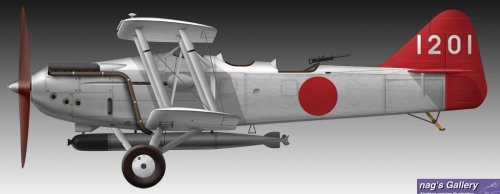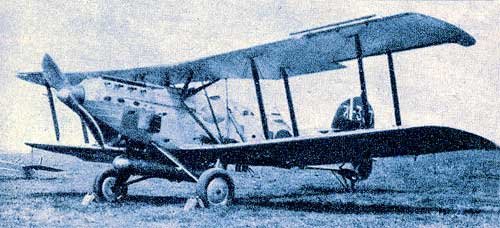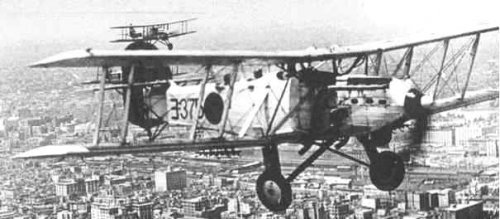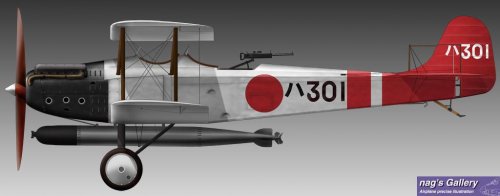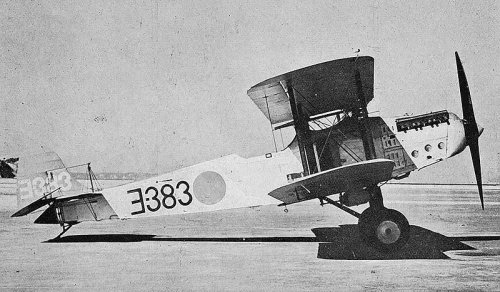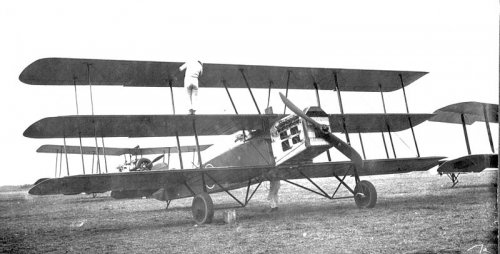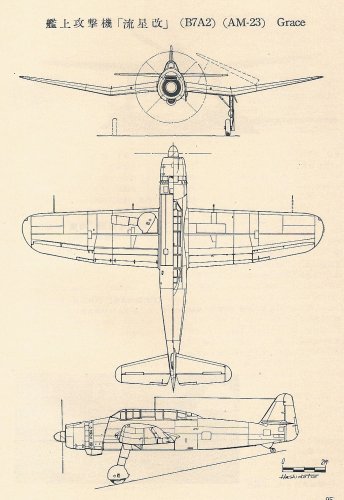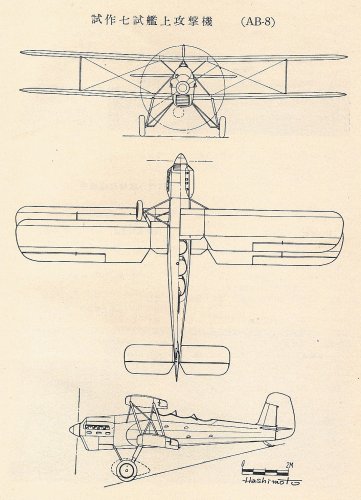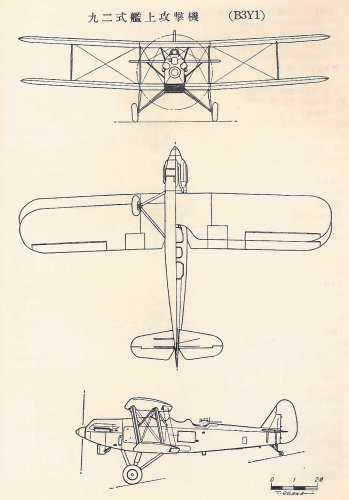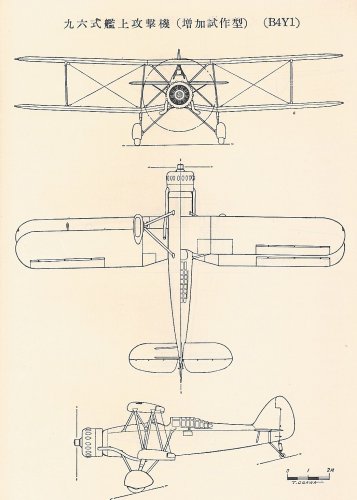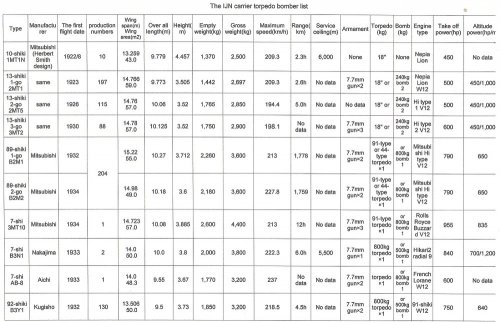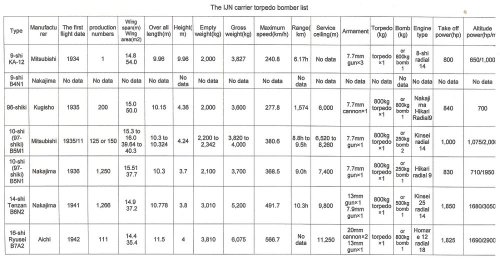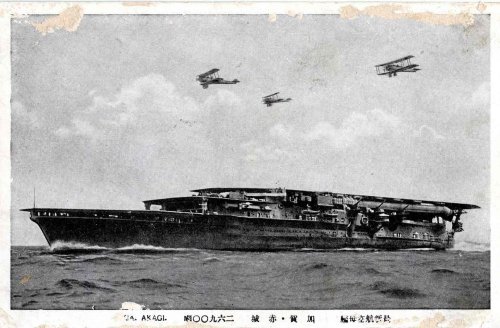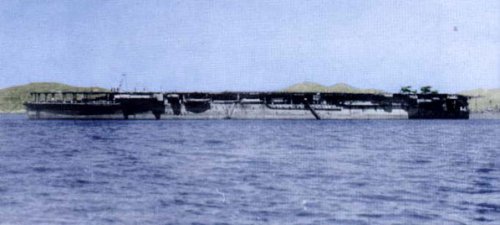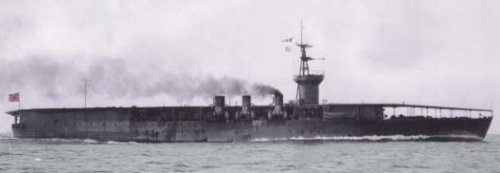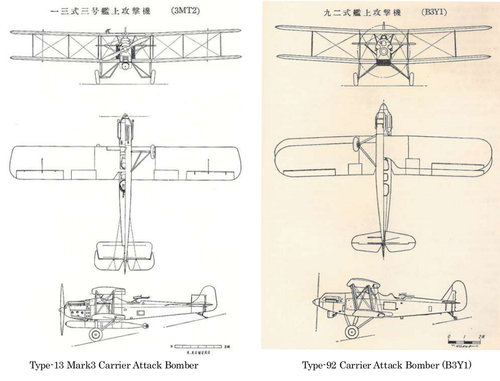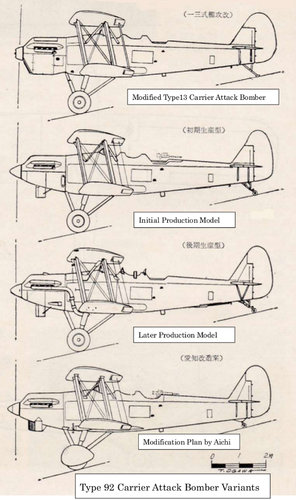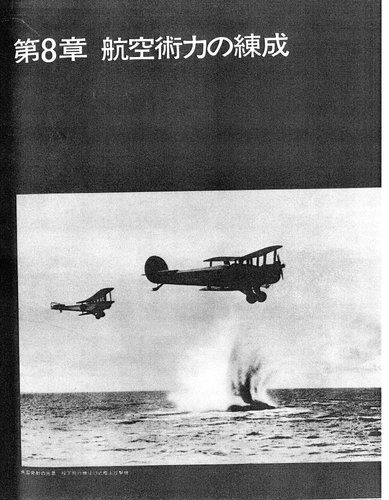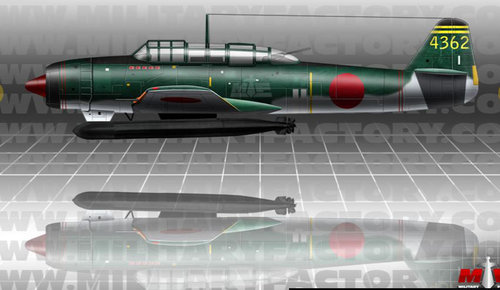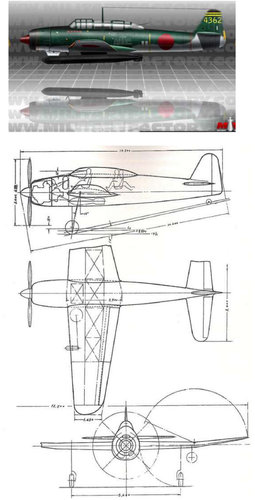No one has suggested the Japanese lacked the technical skills when it came to developing aircraft. They were behind the allies in several key technologies however and were in a game of perpetual catch up, especially when it came to engine development, including jet engines. They also lacked the ability to produce high octane fuel that would allow them to boost their engines to make more horsepower. Japan's inability to manufacturer a reliable turbo supercharger was indicative of the rest of their aviation industry. They did not have the resources and in some cases the technical know how.
It can be disputed that the Japanese were further than Germany in nuclear science. The German scientists had a much better understanding of the physics involved but military wold not give them what they needed to exploit that knowledge. The Germans even had a prototype reactor under construction the first step in sequence of producing a viable weapon. The Japanese even if one believes they were "ahead" of the Germans were not anywhere close to a reactor. They were a long way from enriching uranium and coming up with a method of initiating a criticality event to produce a nuclear detonation. One more year of war was not going to make a difference.
"I replied on your post was because people in the US and in most western country's thought/thinks Japanese were copied inferior western designs!"
This is the wrong audience for that. We are not most people here, but well versed in matters of aviation technology. This is not YouTube or some other general forum. You have made an incorrect assumption about those of us who participate here.
The Ki-100 and it's predecessor the Ki-61 ALWAYS had a supercharger. It was a mechanical supercharger, just like the one in the F6F. It was the turbo supercharger that eluded them and because they could not develop higher octane fuels limited the power output of their engines and the ability to achieve good performance at high altitudes.
When one goes through the records of engagements of both sides, you find that against the Ki-100, N1K and the Ki-84 the F6F more than held it's own. The best you can say from the historical record is that the later Japanese fighters were competitive with the Americans and British but not clearly superior (and at high altitudes they were inferior). All through the war Japanese planes climbed faster and turned tighter than American and most allied planes. They still got shot down in large numbers, due to tactics, superior numbers and in the end, better trained pilots.
You should not state that if the Japanese had been able to develop any of their advanced airframes that the "outcome" would be "certainly different" - just because you feel that some people "thinks Japanese were copied inferior western designs". That doesn't serve the cause of history or the audience of this forum. Neither the Japanese or the Germans were going to turn around their fortunes with any late war aircraft. Only if the Me-262 had been introduced when it was first available could have made a difference. But Hitler insisted on using the plane as a bomber and the delay caused allowed the British and Americans to achieve air superiotity in Western Europe which allowed the destruction of industry, railways, and oil refineries by bombing. With the Soviets chewing up the best parts of the German army in the east (and later the Japanese Kwantung Army in China), there was no hope for either.
OK the Germans were building a reactor that's true,and that the Grumman sand Convairs held their own that's als true .but the reason is that US pilots had at the later stage of the war a better training. And that the Japanese fighter lacking to operate at a higher altitude is also true but that doesn't mean that they were inferior. The only US fighters that was operating on a equal altitude of the B-29 was the P-51 Mustang not the other US fighters.
You're right about the late situation of the war that Japan could win the war.I mentioned to say if the situation for example Midway, if they had won or plays even than the US could made their strategy of island hopping.
The Americans had never conquer Japan even with the Russians who came at a very late stage as a combatant against Japan without the use of the two atomic bombs!
You also said that the new er Japanese fighters aren't quite superior to allied types. I did not completely agree with you,because the Ki_84 for example (I didn't speak about the later superior training of US pilots )
I speak about carateristics and weapons,for example all Japanese fighters has cannons and like de zero and Ki 100 and 61 had a mix of cannons and machine guns.The Americans of the other hand has only machine guns -39 was the only exception!
The Ki -84 has superior climbing power and armament even better than the Exelent P-51!
N1K George had also a better overall characteristics compared with the F6F Hellcat. One George shoots down 4Hellcats in a dogfight above Japan and made the other Hellcats flee!
These fightersites having problems with landing gear and engines but that was the result of inferior materials .
I'm glad we agree that the Japanese weren't inferior, I also agree with you that Japanese were lagging behind in some Erias of weaponry.Like Radar(although they were fast catching up with the allied radars) And the Americans were ways ahead what the development of the atomic bomb concerns America puts more money and had a lot of German and Tchechoslovakian scientists concentrated in one program. These advancenties dint have the Japanese We can discuss for ever who's beter Japan or the US,that is fruitless.
They did both have Exelent engineers and has both weaknesses.
The Americans has won the warmy because to better tactics and use of weaponry, and as I mentioned earlier they have a far superior quantity supply because theyou had a far bigger industrial complex.
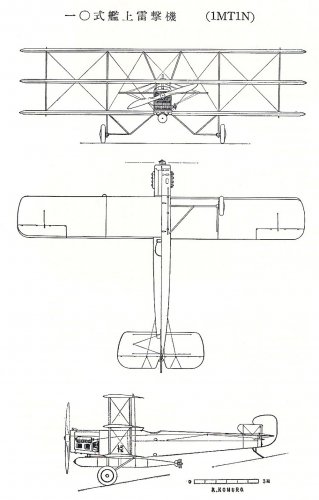 10-shiki carrier torpedo bomber (1MTIN).jpg180.2 KB · Views: 1,393
10-shiki carrier torpedo bomber (1MTIN).jpg180.2 KB · Views: 1,393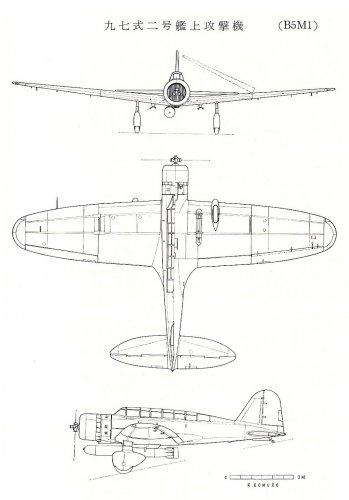 97-shiki 2-go carrier torpedo bomber(B5M1).jpg153.2 KB · Views: 285
97-shiki 2-go carrier torpedo bomber(B5M1).jpg153.2 KB · Views: 285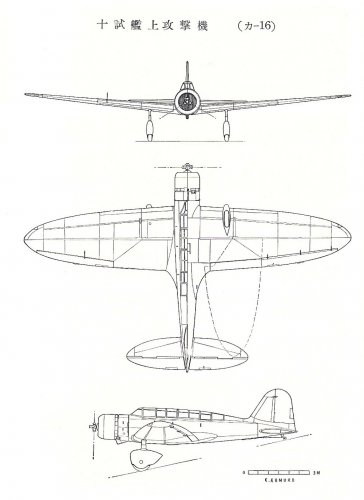 10-shi carrier torpedo bomber.jpg140.2 KB · Views: 249
10-shi carrier torpedo bomber.jpg140.2 KB · Views: 249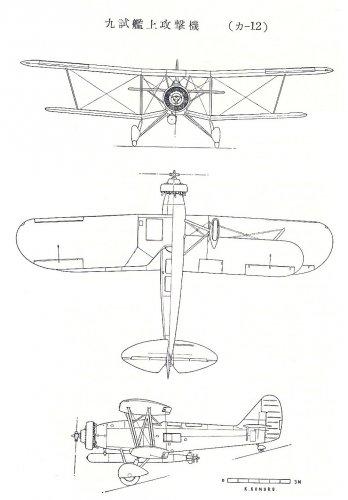 9-shi carrier torpedo bomber (B4M1).jpg163.4 KB · Views: 225
9-shi carrier torpedo bomber (B4M1).jpg163.4 KB · Views: 225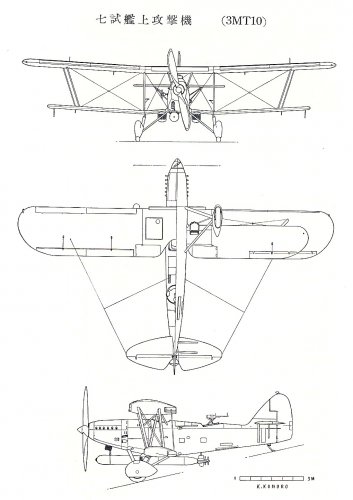 7-shi carrier torpedo bomber(3MT10).jpg192.3 KB · Views: 1,159
7-shi carrier torpedo bomber(3MT10).jpg192.3 KB · Views: 1,159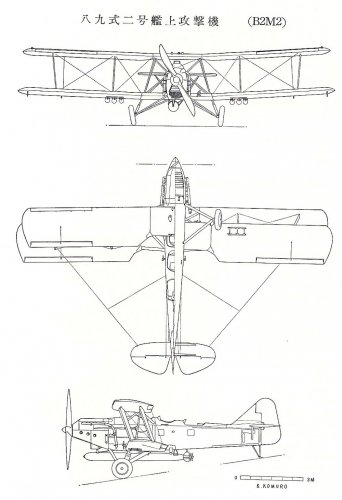 89-shiki 2-go carrier torpedo bomber(B2M2).jpg185 KB · Views: 1,203
89-shiki 2-go carrier torpedo bomber(B2M2).jpg185 KB · Views: 1,203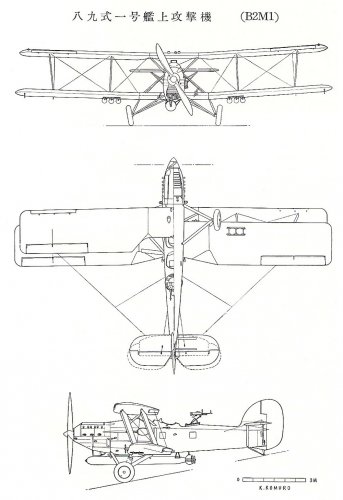 89-shiki 1-go carrier torpedo bomber(B2M1).jpg185.5 KB · Views: 1,248
89-shiki 1-go carrier torpedo bomber(B2M1).jpg185.5 KB · Views: 1,248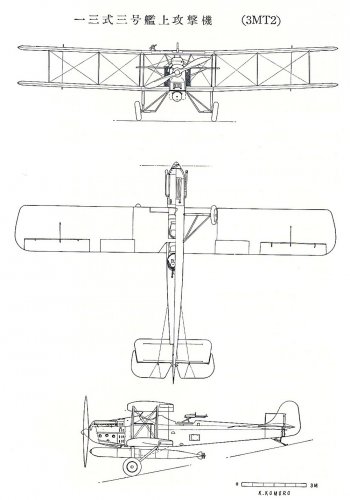 13-shiki carrier torpedo bomber(3MT2).jpg156.8 KB · Views: 1,304
13-shiki carrier torpedo bomber(3MT2).jpg156.8 KB · Views: 1,304
